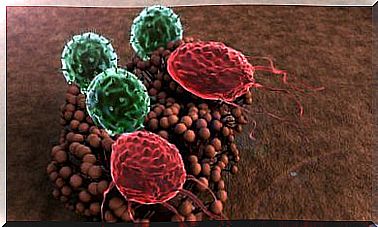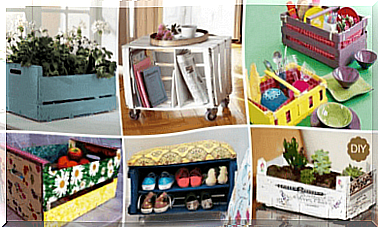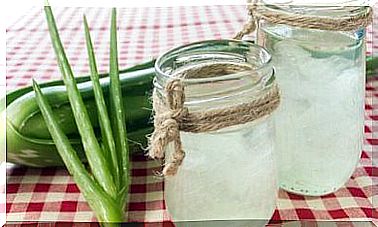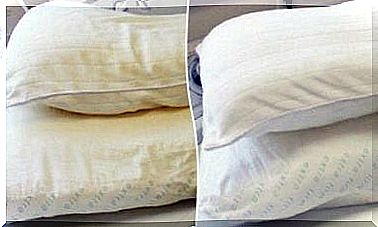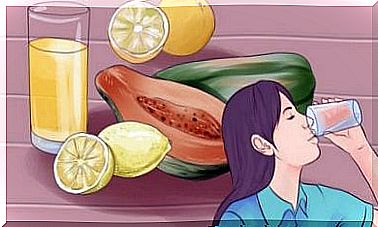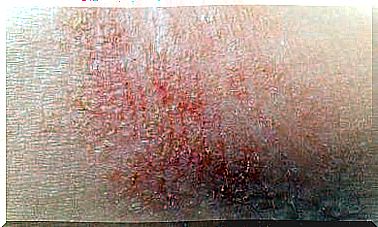Healthy Baby Food: 10 Delicious Ideas
You can easily prepare healthy food for your baby. In today’s post, discover various tips and ideas that you can incorporate into your little darling’s menu.
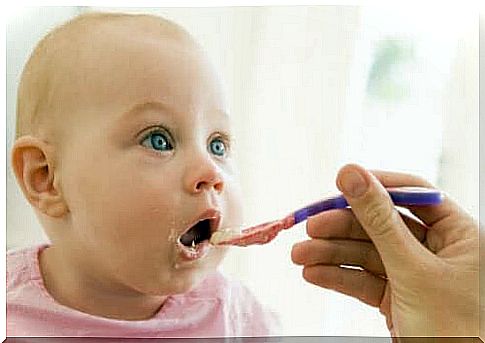
If you are in the process of weaning your baby from the breast and introducing new foods, this is the place for you. We’ll tell you how you can easily make healthy baby food . Read on to discover our ideas!
You must of course follow the advice of your pediatrician when making the switch. Also, don’t forget that your child is developing their tastes while they are tasting new foods. That is why it is important that they have the opportunity to experience many different tastes and aromas.
You can of course adapt the recipes to his preferences. Also note that new foods should be introduced one at a time to help identify possible allergies.
Make healthy baby food yourself
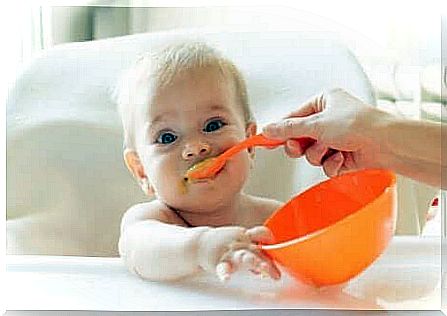
We then briefly summarize the age at which certain foods are usually introduced. However, it is a very general list. The best thing to do is to get advice from your pediatrician!
- Up to 6 months of age, it is usually recommended that the baby only be given breast milk. Between the 4th and 6th month you can then slowly start introducing different baby foods.
- Between 6 and 12 months: fruits, vegetables, cereals, legumes, eggs, meat, poultry, fish and olive oil
- Between 12 and 24 months: mild cheese, yogurt and whole milk
- From 3 years: nuts, apple pieces, carrot pieces and other foods that are not recommended before due to the risk of swallowing.
Tips for healthy baby food
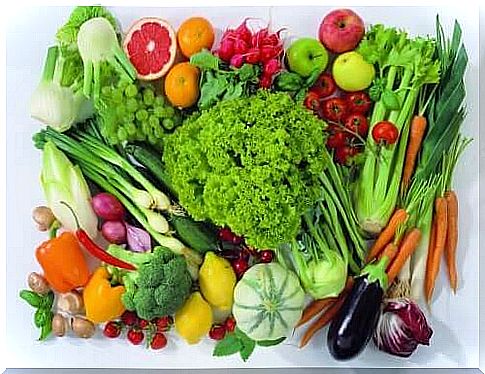
Shop:
- Buy fresh fruit and vegetables from the region and use them in a maximum of three days so that they do not lose any vital substances.
- Choose lean meat to make healthy baby foods. If necessary, remove the fat yourself at home. Additionally, seek advice from your pediatrician to help you choose the best options. He can also tell you about the advantages and disadvantages of the new “Baby Led Weaning” trend.
Cook:
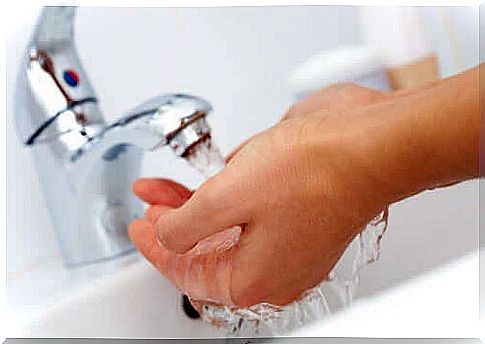
- Don’t forget to clean fruits and vegetables thoroughly! Always use clean utensils and clean the work surface before preparing. It is very important to prevent cross contamination.
- Use as little salt as possible. Your little darling’s kidneys shouldn’t be overloaded. Until you are one year old, you shouldn’t exceed 1g of salt per day. Between one and three years it should be a maximum of 2 g per day.
- Prefer virgin olive oil and avoid unhealthy fats. High-quality olive oil contains important monounsaturated fatty acids and vitamin E. You can use this oil in the first conversion phase, but always in small quantities and raw.
- It is best to cook the food, or prepare it in the oven or pan (use very little fat, however).
More tips
- Also use the cooking water in which you cooked the vegetables. You can use it to prepare rice, cereals or quinoa, for example. This makes the dishes particularly tasty and gives them a different taste. Don’t just throw away the cooking water!
- If the porridge becomes too firm, use milk instead of water. You can use whatever milk your child is used to (including breast milk).
- Freeze leftovers that you don’t use on the same day. For example, you can use ice cube molds to have very small portions available.
Healthy baby food: 10 ideas

Healthy baby food:
- Rice with Chicken and Vegetables: Buy local vegetables and cook them with a small piece of chicken until everything is done. Then cook some rice in the vegetable boiling water. When everything is ready, you can puree it, or serve in small pieces if you like.
- Zucchini cream soup : Cook a large potato, a large zucchini and half an onion (all vegetables peeled and cut) until everything is soft. Then puree with a blender or chop with a fork.
- Lentils with vegetables: Cook the lentils with a peeled and sliced carrot, half a diced onion and two peeled, pitted tomatoes. Once everything is soft, puree and feed your baby.
- Short pasta with tomato sauce: Prepare a tomato sauce with onion, tomatoes and carrots and serve with short pasta.
- Vegetable omelette: If your child can already eat eggs, prepare an omelette with boiled, sliced vegetables and an egg. It’s quick and easy and your little one will taste wonderful!
- Vegetable puree with fish: Cook a zucchini, a small potato, 1 leek and half an onion together with 80 g of lean fish (without bones!). Puree everything and then feed your baby.
- Meatballs with Vegetables: You can freeze meatballs so that you have healthy baby food in store. Cook a carrot, leek, 40 g green beans, and 40 g lean meat. Pour off some water and then puree everything. Use it to form small balls, which you can then briefly bake in oil or finish in the oven.
Healthy baby food: desserts that your child will like!
- Apple, pear and banana purée: Peel and core the apple and pear and cut into cubes. Then boil in a little water and then puree with the banana. If you want, you can add some milk if you want the pulp a little more liquid. Use the milk your baby is used to for this. Avoid sugar!
- Banana and orange: You can also prepare this dessert quickly and easily. Puree a banana with a fork and mix with the juice of half an orange. Your baby will like this!
- Yoghurt with fruit: Prepare fruit puree and mix it with natural yoghurt. You can also add small pieces of fruit to the yogurt. Your little darling will love this dessert.
General
It is not difficult to cook healthy baby food yourself. Use high-quality and healthy ingredients such as regional fruits and vegetables, lean meat and whole grains. Cook these ingredients without adding any extra fat and avoiding salt and sugar.
Remember that your child has a very small stomach, so you shouldn’t force them to eat more than they like. Doctors recommend letting the child decide how much they want to eat because they usually know best when their needs are met.

